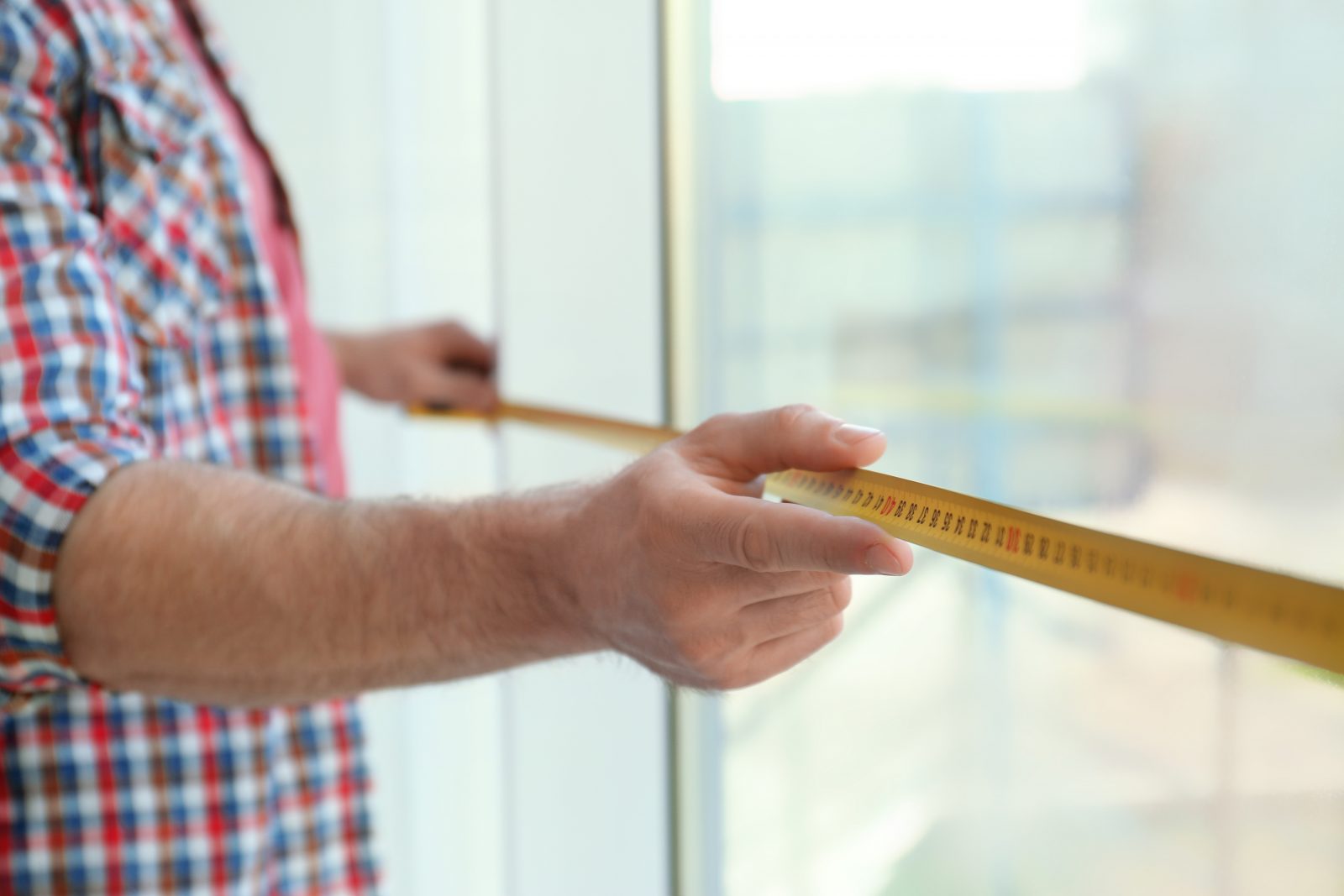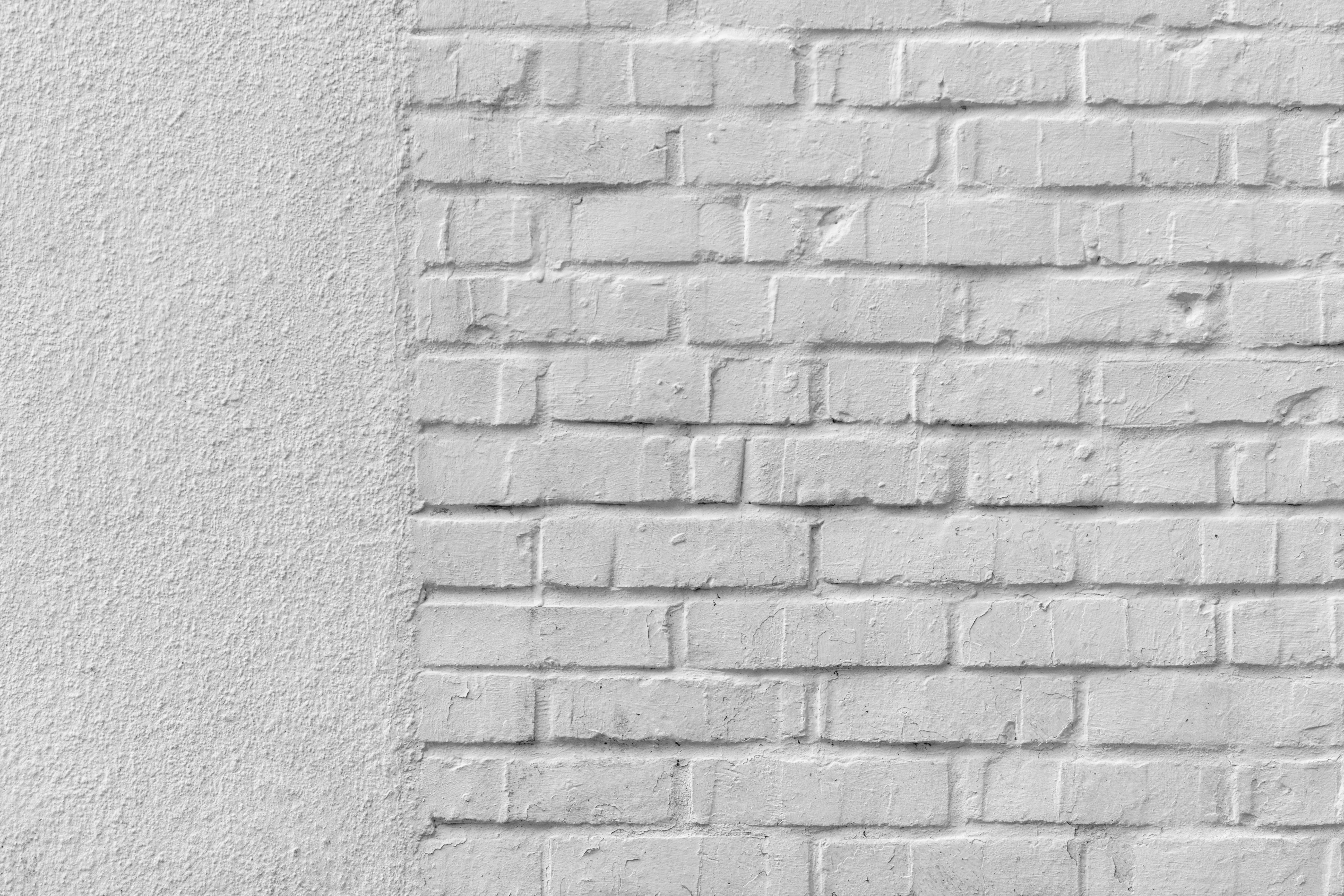
Missing paint in the middle of a project can be irritating. Buying too much is not economical or environmentally friendly. Knowing the quantity needed in advance allow you have enough paint to complete your project and have leftovers for touchups. Here are our tips!
Step 1 : Calculate the Surface of Your First Wall
For an accurate calculation, take your time! So, we go only one wall at a time. In Quebec, we usually calculate the amount of paint needed using inches and feet. To measure the area of the first wall, multiply its height and width without taking into account the other elements of the architecture. This number will give you the area in square feet. For example, a 10-foot x 8-foot wall will have an area of 80 square feet.
Step 2 : Remove the Non-Painted Surfaces From Your Calculation
There may be elements on the wall that do not have to be painted, such as doors and windows. They must be removed from your final calculation. To do so, find the surface of each. For example, a door that measures 3 feet x 7 feet has an area of 21 square feet. If the total wall area is 80 square feet, then you need to subtract 21 square feet (in this case, the answer is 59 square feet).
Step 3 : Repeat for Each Wall
You will have to repeat steps 1 and 2 for all the walls. It is not necessary to remove small elements such as switches or plinths from the calculation.
Step 4 : Add
Now that you have noted the paint quantity needed for each wall, all you have to do is add up the amounts to get the final surface area.
Step 5 : Calculate the Amount of Paint Required
To find out how much paint you will need, check out your gallons surface coverage. This information can be found on the product data sheet on our website. Remember, it usually takes more than one coat of paint to achieve the desired result. The number of coats required will depends on your surface type, but also on the colour chosen and the colour of the surface. In certain situations, you will need to calculate two to three coats. A professional at one of the MF Paints retailers can guide you in store or by phone.

Recommandations
It’s always a good idea to buy a little more paint than required, especially for touchups. You may also regret it if you drop some paint or apply more than you need. If you still have leftover paint, be sure to store it properly for future use. How? Check out The Leftover Paint Guidebook.
Pro Tips
Before starting your project, it is best to make sure that:
- You have the right type of paint and a suitable primer.
- The surface is clean (applying paint to an oily or dirty wall will not give a good result).
- You have cleaned the wall with a degreaser and not a household cleaner. This will leave an oily deposit which will prevent the paint from adhering firmly. Refer to the product data sheet available on our website before getting started.
Are you unsure of your calculations? Ask an expert from one of our MF Paints retailers for advice! Visit the Retailers section of our website to locate the store that offers our products closest to you.